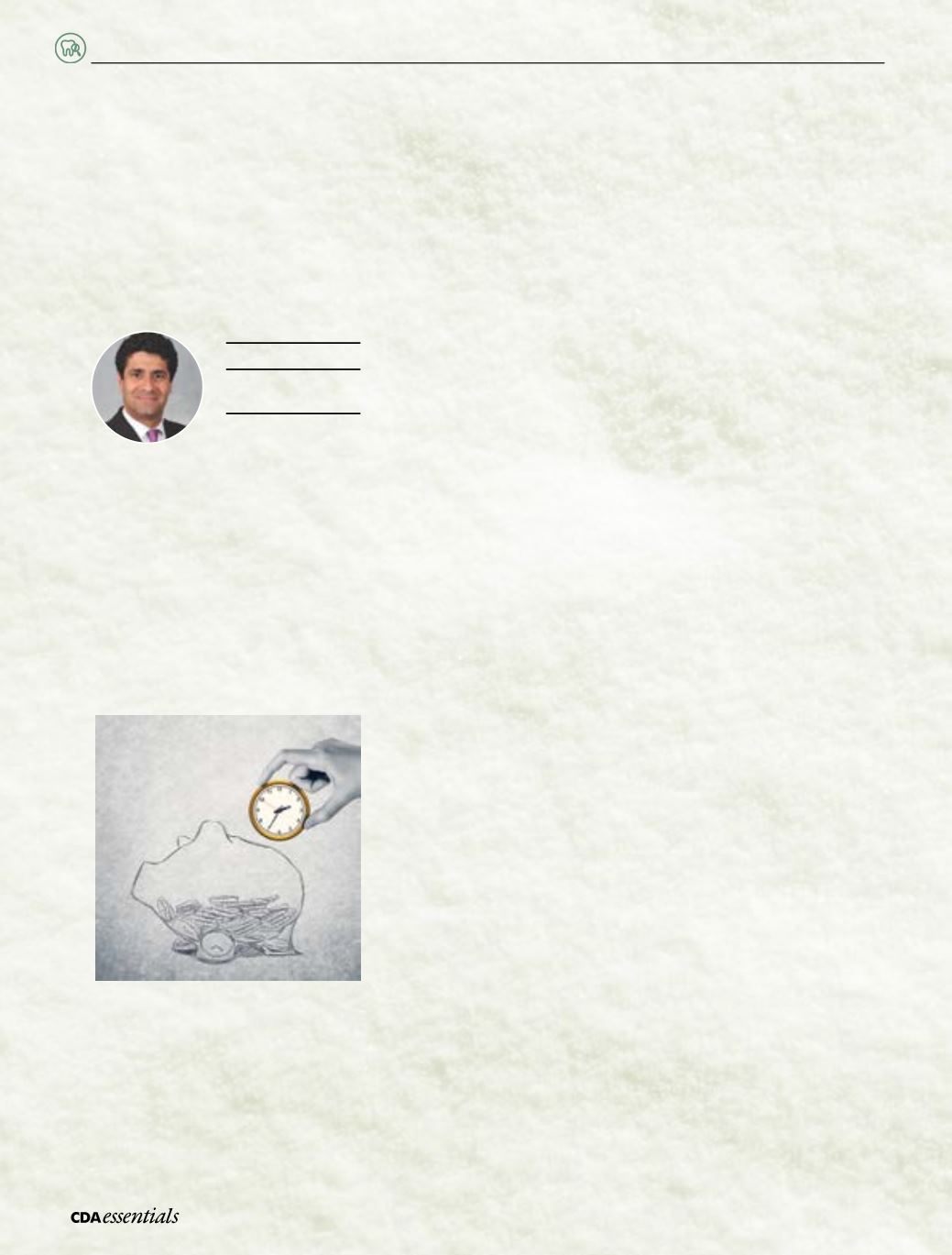

S
upporting
Y
our
P
ractice
32
|
Volume 2 Issue 2
BEHAVIOURAL FINANCE
How Hidden Biases May Lead to
Investment Errors
Ron Haik
MBA, CFP, FMA,
FCSI, CIWM,TEP
Vice-President,
Investment Advisory
Services,
CDSPI Advisory
Services Inc.
Since the advent of stock markets, analysts have used a variety of metrics
to examine—and try to explain—market behaviour. These have included
influences such as interest rates, inflation, oil prices, economic activity, as well
as the fundamentals of individual companies that lead to investment decisions.
Theoretically, if all people have essentially the same information at the same
time, markets should be efficient. That is to say that the share price of a company
should reflect its actual value (based primarily on an estimation of its potential
future earnings), and buyers and sellers should trade within a narrow range of
that value.
But that’s not what actually happens. Other factors are at play, including
excessive optimism driving prices unduly high at times, or excessive pessimism
that drives them unduly low. This has led to some of the dramatic bubbles and
crashes that have occurred throughout the history of the market.
About 40 years ago, as economists tried to figure out why investors often
made irrational choices that were contrary to their best interests, some
groundbreaking thinkers brought a new analytical tool to the mix: behavioural
finance. Behavioural finance gained traction in 2002 when psychologist Daniel
Kahneman won a Nobel Prize in Economic Sciences for his work in the field.
Theorists suggested a number of cognitive biases that consistently impact
investment decisions. Some of these include:
• Loss Aversion
The negative emotion of losing money outweighs the positive emotion
of making it. Studies have shown the pain of loss is twice that of the joy of
making money out of an investment, so people may avoid taking a loss and
hang on to an investment when indicators suggest they shouldn’t.
• Anchoring
People fixate on a price point at which they bought a stock, or a price the
stock had achieved at some prior time, even if circumstances have changed.
Some investors, for example, expect a stock that was a star to regain its
brilliance long after it has faded and is unlikely to rebound.
• Herding
Investors, including some large institutional investors, tend to follow what the
other guy is doing.
















